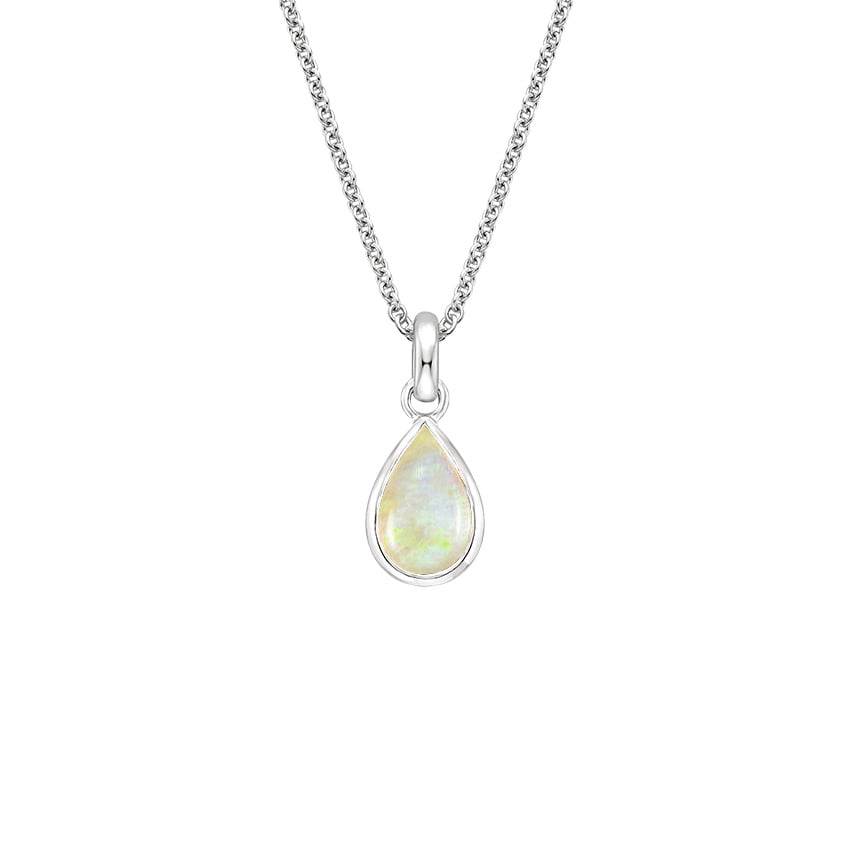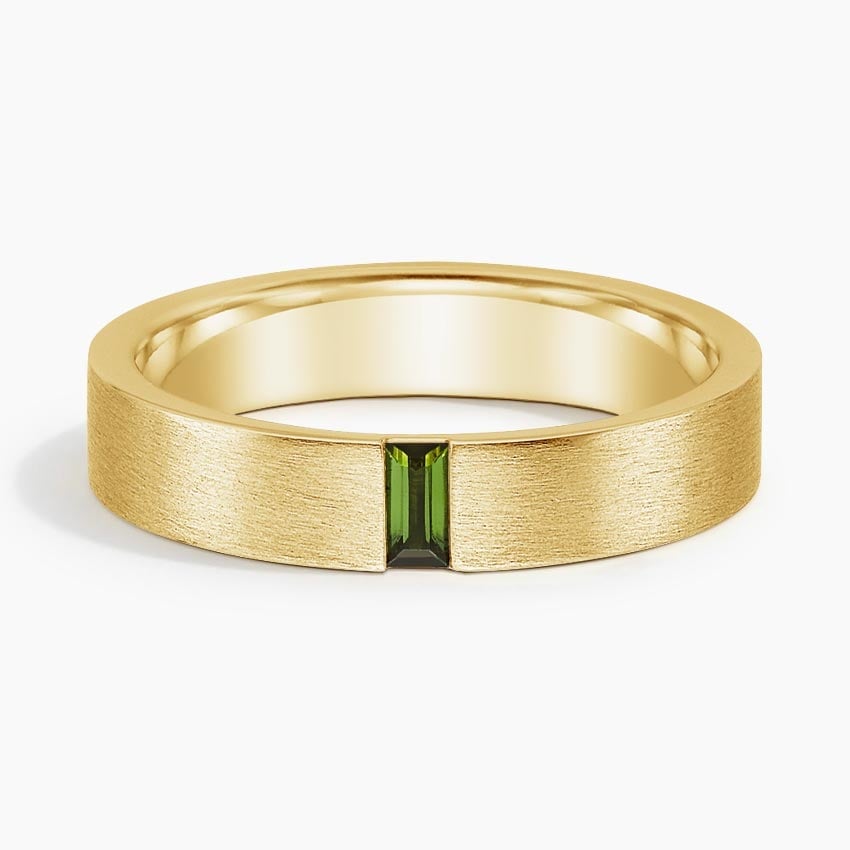Unlike other months, October is associated with two beautiful and distinct birthstones: opal and tourmaline. Celebrated for their stunning colors and diverse properties, these gemstones are a popular choice for those born in October.
What is the birthstone for October?
The birthstones for October are opal and tourmaline, both beloved for their vibrant colors and unique attributes. Opal is renowned for its mesmerizing play-of-color, while tourmaline is prized for its wide range of hues.
October Birthstone Color
-
Opal Birthstone Color
- Opals are renowned for their captivating play-of-color, which can exhibit every color of the rainbow. This phenomenon, known as opalescence, occurs due to the diffraction of light within the silica spheres of the stone. Common colors seen in opals include white, black, blue, green, and red, with black opals being the rarest and most valuable.
-
Tourmaline Birthstone Color
- Tourmaline is prized for its incredible color variety. It can be found in almost every hue, from pastel pinks and blues to vibrant greens and reds. Some tourmalines even exhibit multiple colors in a single stone, often referred to as bi-color or tri-color tourmalines, with watermelon tourmalines being a popular example as they showcase both pink and green hues.
October Birthstone History
-
Opal Birthstone History
- Opals have been cherished since ancient times, with early civilizations attributing magical properties to them. The Romans admired opals, believing they brought good luck. In the Middle Ages, opals were considered a symbol of purity and hope. The lore surrounding opals is rich and varied, contributing to their enduring allure.
-
Tourmaline Birthstone History
- Tourmaline’s history is equally fascinating, though it was not identified as a distinct mineral until the 19th century. Before that, many colorful tourmalines were often mistaken for other gemstones. In the 1500s, Spanish conquistadors in Brazil discovered green tourmalines, which they initially thought were emeralds. The name “tourmaline” comes from the Sinhalese word “toramalli,” meaning mixed gems, reflecting its diverse color range.
October Birthstone Meaning
-
Opal Birthstone Meaning
- Opals are believed to enhance creativity and stimulate originality. They are also associated with loyalty and faithfulness, making them a popular choice for engagement rings and other meaningful jewelry pieces. In metaphysical traditions, opals are said to amplify emotions and thoughts, acting as a mirror to the wearer’s inner self.
-
Tourmaline Birthstone Meaning
- Tourmaline is known for its purported ability to promote balance and protection. It is thought to calm the mind, foster self-confidence, and reduce fear. Different colors of tourmaline are believed to have specific properties—for instance, pink tourmaline is associated with love and compassion, while green tourmaline is linked to courage and strength.
Where are the October birthstones found?
-
Opal Birthstone Origins
- Opal can commonly be found in Australia, the western USA, Mexico and Brazil.
-
Tourmaline Birthstone Origins
- Tourmaline can commonly be found in Mozambique and Brazil.
October Birthstone Durability
-
Opal Birthstone Durability
- Opals are relatively soft, with a hardness of 5.5 to 6.5 on the Mohs scale. This makes them more susceptible to scratches compared to harder gemstones. Opals also have high water content and can crack if they dry out or are exposed to sudden temperature changes.
-
Tourmaline Birthstone Durability
- Tourmalines are harder than opals, with a Mohs hardness of 7 to 7.5. This makes them more durable and suitable for everyday wear. However, they can still be damaged by hard knocks and should be treated with care.
October Birthstone Cleaning & Care
-
Opal Birthstone Cleaning & Care
- Opals require special care due to their delicate nature. It’s recommended to clean opal jewelry with a soft, damp cloth and avoid using harsh chemicals or ultrasonic cleaners. Store opals in a cool, moist environment, such as a fabric pouch with a damp cotton ball, to prevent drying out.
- Opals require special care due to their delicate nature. It’s recommended to clean opal jewelry with a soft, damp cloth and avoid using harsh chemicals or ultrasonic cleaners. Store opals in a cool, moist environment, such as a fabric pouch with a damp cotton ball, to prevent drying out.
-
Tourmaline Birthstone Cleaning & Care
- Tourmaline jewelry can be cleaned with warm soapy water and a soft brush. Avoid exposure to high heat or sudden temperature changes, as tourmalines can fracture under extreme conditions. It is also advisable to keep tourmaline jewelry away from harsh chemicals.
October Birthstone Jewelry
Both opal and tourmaline make stunning jewelry pieces. Opal’s unique play-of-color and tourmaline’s vibrant hues allow for a variety of designs, from rings and necklaces to earrings and bracelets.
October Birthstone Necklaces
Willa Opal and Diamond Pendant
A pear-shaped opal cabochon is horizontally bezel set with a sparkling diamond at its base for a captivating, whimsical look
Teardrop Opal Pendant
An opal cabochon rests within a bezel setting with an open back to allow maximum light to reach the gem.
Floating Solitaire Opal Pendant
October Birthstone Rings
Apollo Green Tourmaline 4.5mm Ring
This modern band features a vertical baguette green tourmaline set in a matte brushed finish for a defining look.
Toi Et Moi Morganite and Pink Tourmaline Cocktail Ring
October Birthstone Earrings
Brigitte Pink Tourmaline and Rose Quartz Drop Earrings
Opal and Tourmaline Diamond Earrings
October Birthstone FAQs
How many birthstones does October have?
October has two birthstones: opal and tourmaline.
Why does October have two birthstones?
Some months have multiple birthstones, chosen for their distinct properties or meanings. For example, October has two birthstones—allowing for more options and personal preference to play a role in selecting which birthstone represents you best.
What is the traditional October birthstone?
Opal is the traditional birthstone associated with October.
What month is the opal birthstone?
October is the month associated with the opal birthstone.
What month is the tourmaline birthstone?
October is the month associated with the tourmaline birthstone.
Still interested in learning more about birthstones? Check out our other Birthstone Guides: January, February, March, April, May, June, July, August, September, October, November, December, Birthstone Chart, Birthstone Colors, Birthstone Meanings, Most Expensive Birthstones, What Is My Birthstone?, What Is the Rarest Birthstone?, What Months Have Two or More Birthstones?, Zodiac Birthstones














